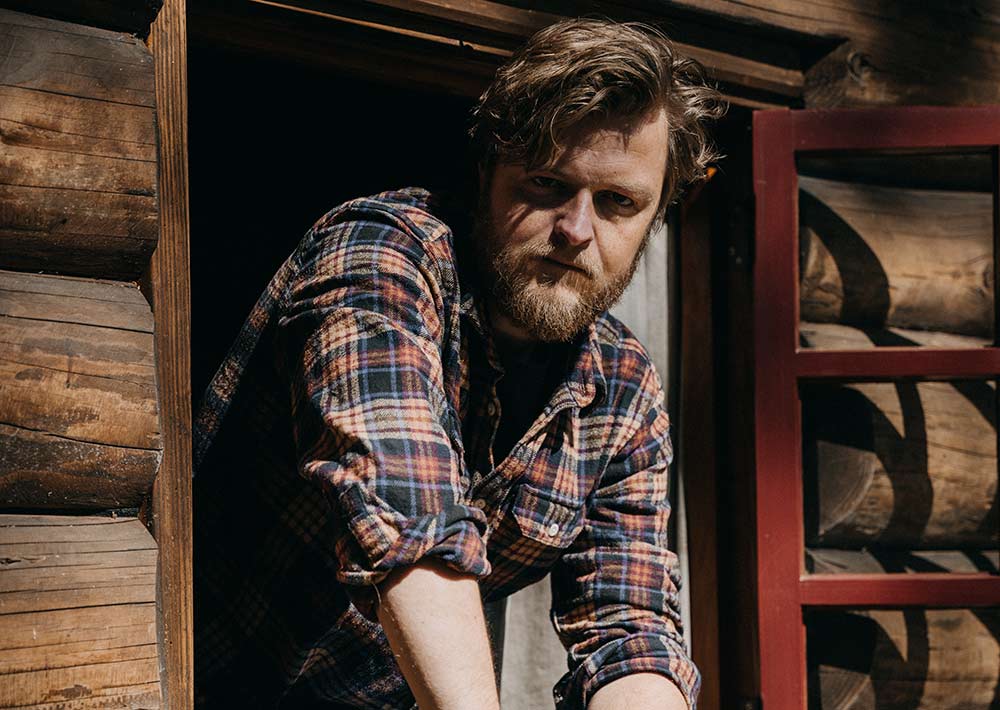
P.J.M. Bond: “The challenge for this record was to write new lyrics to existing stories.” Photo: Nadia Morsink
Inspired by the writing of his hero Ernest Hemingway, the Dutch singer-songwriter set about reflecting this work through his music
Dutch musician P.J.M. Bond first made his mark with the band Dandelion and has since evolved as a solo artist, with accolades that include his 2021 debut solo EP, Sunset Blues. His passions extend beyond music into the realm of American literature. The proud owner of an MA in English Literature from the University of Amsterdam, Bond regularly speaks at the international biannual Hemingway and F. Scott Fitzgerald conferences. In a manner reminiscent of Hemingway’s own storytelling, Bond’s music marries lyrical simplicity with rich thematic depth.
In Our Time, Bond’s debut album, emerges from the crucible of his literary passions and musical creativity. It is an homage to Hemingway’s eponymous short-story collection of the same name, published in 1925. With an echo of Hemingway’s narrative precision, Bond embarked on a remarkable odyssey. For each of the 17 short stories that grace Hemingway’s collection, Bond has crafted a son. The project is a testament to Bond’s deep connection to the world of American literature and music, a journey that has seen him isolate himself within a wood cabin, akin to Hemingway’s own moments of solitude, to breathe life into these stories through song.
So join us as we journey with Bond down the Big Two-Hearted River: Part II…
INSPIRATION
In order to fulfil the daunting task of putting Hemingway’s short stories to music, I had to think and write differently than I had done in the past. Hemingway’s work is filled with the quietude of nature, robust experiences, underlying trauma and a world at odds with itself. There is the paradoxical beauty of bullfighting, the banality of evil slumbering in each and every person, and the staggering effortlessness of taking another person’s life. In a way, I feel I was writing cinematographically, like composing a soundtrack to images that were already there.
For this song I was inspired by many melancholy tracks, in particular Deep In Love by Bonnie Light Horseman, and Portland, Maine by Donovan Woods. These songs create little universes which the listener can briefly inhabit, and afterwards one can’t wait to dive back into that world again.
Big Two-Hearted River: Part II is about Nick Adams — Ernest Hemingway’s semi-autobiographical protagonist — who is hiking through the Upper Michigan woods in order to find a much-needed escape from the chaos of Western society, from his obligations as a father and friend, and the muse constantly hovering over him. In an attempt to better get to the heart of some of these stories, I locked myself in a log cabin for a week to complete songs, lyrics and demos of each of the songs on In Our Time.
Waking up to the sound of birds and the wind rustling through the trees, and going to bed listening to the little wind chimes outside my window, definitely helped to inspire and guide me through the process.

P.J.M. Bond: “I locked myself in a log cabin for a week to complete songs.” Photo: Nadia Morsink
LYRICS
The challenge for this record was to write new lyrics to existing stories, that respected the story on the one hand, and elevate it on the other. Simultaneously, someone unfamiliar with the work of Ernest Hemingway should be able to appreciate the song in its own right. For this particular track I must have written over 20 different lyrics, but none of them would work. They wouldn’t stick, or would be too specific about the story, or would lose the essence of Hemingway’s story because of my own particular interpretation of it.
Eventually, after talking to my friend Lilly Morcos (who I met at the 2018 Hemingway convention in Paris), she suggested that the story was really about the “big exhale.” It’s the final story of Hemingway’s collection, and after it you feel reborn, different. In Our Time kind of builds up a tension throughout the collection, and the cathartic relief is finally delivered by Big Two-Hearted River, one of early Hemingway’s masterpieces.
I used Lilly’s suggestion literally in my own lyric, and suddenly everything came together. I rehashed Hemingway’s story into something I myself could relate to, and made it into a more natural, ubiquitous feeling of having nature act as a paradisiacal counterpoint to the heavy worldly burdens of society, politics and family life.
MUSIC
I was always intrigued by two-chord songs, such as America’s Horse With No Name. I tried many shapes and forms for this song, but the two-chord structure created a quietude and melancholy that I thought fit this song quite nicely. I actually wrote the acoustic riff the day after my daughter was born, in May 2020. I tried to write pre-choruses with different structures and even some choruses that deviated from the two-chord progression, but I liked the idea of having a song that is so easily playable and relatable, so I kept it.
I had a hard time figuring out the key though, because I played the riff with my capo high up and then playing the hammer on-part through Am and D9, which works great on the record, but not so much in a live setting. Live I play Big Two-Hearted River in Em with a capo on the second fret. It works, at the cost of the riff unfortunately!
The blues harp solo evokes the kind of hiking feel, like a person walking through the woods, just blowing away on the instrument (perhaps it could have been a whistle too). I allowed myself just one take, because it didn’t make sense to do more than that, philosophically and intellectually speaking, I guess. Perfection was not the goal for this record. Each track had to ramble, rattle, and feel alive in some way.
I was quite happy with myself when I recorded all the guitars in the log cabin, because the atmosphere was there. I heard what I hear when I read Hemingway. Interestingly of course, this is different for each and every person. Some people may think of synthesizers and metal clanging on cars when they read Hemingway. And that’s fine too. As for me, whenever I read Big Two-Hearted River: Part II I hear fingerpicked acoustic guitars, birds chirping in the trees, blues harps in the woods of Michigan, the wind through the high grass, a babbling brook filled with trout and a Hammond organ in the distance.

P.J.M. Bond: “I liked the idea of having a song that is so easily playable and relatable.” Photo: Nadia Morsink
IN THE STUDIO
So the first recordings and demos (as well as most acoustic guitars, and all bass guitar parts by Danny van Tiggele), were done in a log cabin in a forest, near the Dutch town of Lochem, and then we finished the record in PAF! Studio in Rotterdam, with engineer/mixer/producer Marcel Fakkers. A wonderful studio that is heavily inspired by Abbey Road and the sixties in general.
There is a Mellotron there, several organs (a Farfisa can be heard on My Old Man and a lot of Hammond B5 throughout the entire record) and some great old microphones. We recorded the strings here (arranged by Reyer Zwart), electric guitars, banjo, mandolin, lap steel guitar (all by Theo Sieben), as well as the singing saw (by Saartje van Camp). The album was also mixed here. I love PAF! Studio, for its vibe and its quiet confidence. Marcel is a great engineer, very quick, with good ears and a good understanding of the musician’s psychological process of recording their music. We also did our last Dandelion album here (Laika, Belka, Strelka), as well as my debut EP Sunset Blues in 2021.
FINAL THOUGHTS
This album and this song are very special for me. My dream of making a musical album based on a literary work has finally come true. Hemingway is a hero of mine; machoism, bullfighting and deep-sea fishing included. I do none of these things, but he is a character who has become larger than life by living it to the fullest. His literature reflects his life’s philosophy, and especially In Our Time, which was published when he was a young expatriate living in Paris. There is a wonder contained in the volume, as well as a deep interest in the world and all its people, and their inner and outer conflicts.
I actually feel honoured to have been able to put this work to music, and as a result I feel it has become a part of me as well. I have such a deep relationship with Hemingway’s In Our Time, and my own recording process has only fortified it. Big Two-Hearted River: Part II is perhaps the best example of this; it is definitely my song, with my DNA, but also definitely Hemingway’s story, with his genetic blueprint. Somehow, the two have now become intertwined, almost one hundred years after the publication of Hemingway’s original work.
Finally, to receive the blessing of Michael Katakis (manager of Hemingway’s literary estate) and Dr. J. Gerald Kennedy (acclaimed Hemingway scholar) meant a lot, because what if I was just a lunatic swooning over Hemingway’s short stories? They assured me I was not! All in all, I made something I thoroughly believe in, and which I can’t wait to share with the world: an interdisciplinary indie-folk album that combines the powers of literature and music into one.
Big Two-Hearted River: Part II is out now. For music, live dates and more, check out showcase.fm/pjmbond
More ‘Song Deconstructed’ features

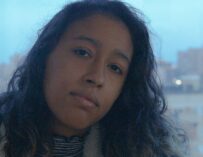
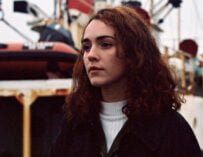
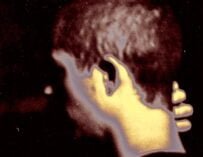

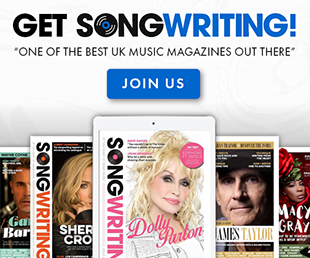

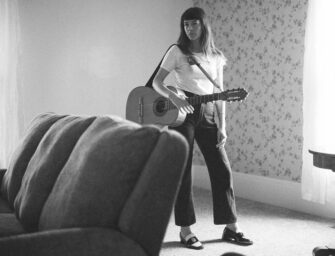

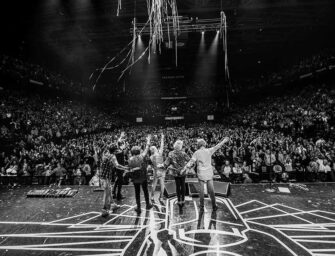

















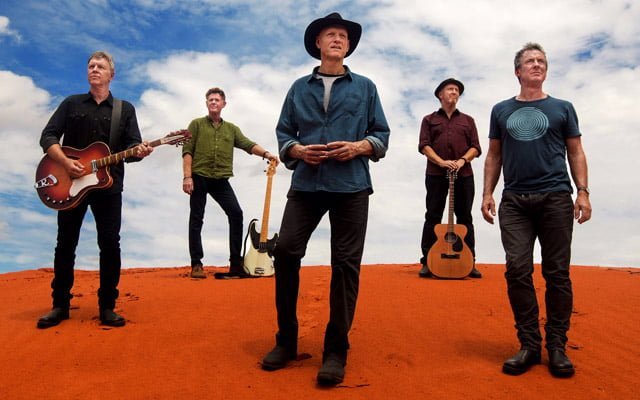






Related Articles